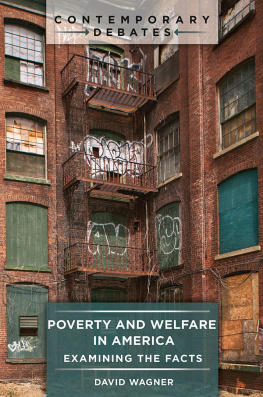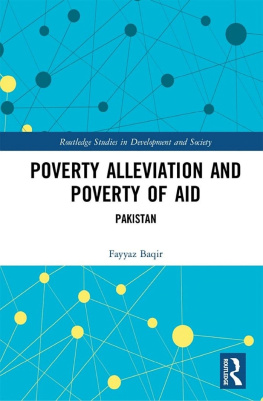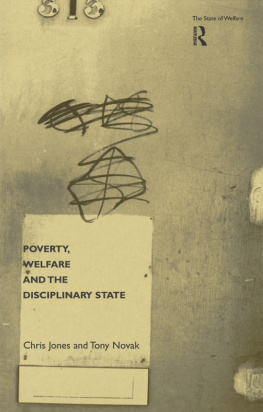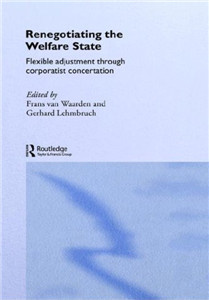First published 2002 by Ashgate Publishing
Reissued 2018 by Routledge
2 Park Square, Milton Park, Abingdon, Oxon OX14 4RN
711 Third Avenue, New York, NY 10017, USA
Routledge is an imprint of the Taylor & Francis Group, an informa business
Copyright Christina Behrendt 2002
The author has asserted her moral right under the Copyright Designs and Patents Act, 1988, to be identified as the author of this work.
All rights reserved. No part of this book may be reprinted or reproduced or utilised in any form or by any electronic, mechanical, or other means, now known or hereafter invented, including photocopying and recording, or in any information storage or retrieval system, without permission in writing from the publishers.
Notice:
Product or corporate names may be trademarks or registered trademarks, and are used only for identification and explanation without intent to infringe.
Publishers Note
The publisher has gone to great lengths to ensure the quality of this reprint but points out that some imperfections in the original copies may be apparent.
Disclaimer
The publisher has made every effort to trace copyright holders and welcomes correspondence from those they have been unable to contact.
A Library of Congress record exists under LC control number: 2002066594
ISBN 13: 978-1-138-73104-2 (hbk)
ISBN 13: 978-1-315-18803-4 (ebk)
Contents
Chapter 1
Welfare States and the Alleviation of Poverty
Chapter 2
Poverty and Poverty Alleviation in Industrialized Welfare States: What Do We Know?
Chapter 3
Mapping the Reduction of Poverty through Minimum Income Schemes
Chapter 4
Methodological Puzzles and Pitfalls in the Measurement of Poverty
Chapter 5
Is the Entire Population Eligible for Social Assistance Benefits?
Chapter 6
Do Social Assistance Schemes Provide Adequate Benefits?
Chapter 7
Do Social Assistance Schemes Encourage Take-up?
Chapter 8
Conclusion
This book is the product of many years of research, starting with a number of research papers that finally grew into a doctoral thesis and became the basis for the oral examination that took place 14 May 2001 at the University of Konstanz (Germany). The thesis was subsequently revised and shortened for this publication. Along the way, I have enjoyed many peoples support and benefited from numerous discussions and critical comments.
First and foremost, this book draws heavily on the Luxembourg Income Study (LIS), the contribution of which is most gratefully acknowledged. The staff in Differdange and Syracuse in particular Paul Alkemade, Cheri Minton, Ann Morissens, Tim Smeeding, Caroline de Tombeur and Koen Vleminckx were most helpful in making my struggle through the LIS data an enjoyable enterprise. I should also mention that the LIS data referring to the United Kingdom is subject to Crown Copyright; it was made available by the Office for National Statistics through the ESRC Data Archive and used with their permission. Neither the Office for National Statistics nor the ESRC Data Archive bear any responsibility for the analysis nor the interpretation of the data reported here.
Some parts of the book have benefited from critical comments from participants at various conferences. Previous versions of were presented at the International Society for Quality of Life Studies (ISQOLS) Conference 2000 in Girona (Spain), and a summary will be published in a forthcoming special issue of Social Indicators Research, edited by Mike Hagerty and Joachim Vogel. In addition, some more recent results of this research project were presented at the ISS A Year 2000 Conference in Helsinki (Finland) and the ISA RC19 Conference in Oviedo (Spain) in 2001.
Many people were involved in this project at various stages and contributed to this study in various ways. For guidance on my way through the jungle of British and Swedish social assistance regulations, I am indebted to many people, notably Eva Bergstrm and Renate Minas at the Socialstyre-lsen and Leif Klingensj at the Svenska Kommunforbundet in Stockholm, as well as Sharon Jones and Cliff Newman at the Department of Social Security in London. Many people read parts of the manuscript, lent their ears for discussions, and offered valuable critical and constructive comments as well as practical help. In particular, I would like to thank Helen Bolderson, Giuliano Bonoli, Petra Buhr, Eero Carroll, Anne Erd, Martin Evans, Kristina Haaf, Bjrn Hallerd, Walter Korpi, Jon Kvist, Peter Krause, Frauke Kreuter, Wolfgang Lauterbach, Anders Lindbom, Kenneth Nelson, Joakim Palme, Jong-Sam Park, Saskia Richter, Matthias Sacher, Tapio Salonen, Bernd Schulte, Uwe Schwarze, Roland Sigg and Ray Thomas. My dissertation Supervisor Jens Alber and second referee Ellen Immergut, together with Martin Schlkopf and Sabine Leutenecker, read and commented on the whole manuscript, and have offered their most valuable advice, guidance and encouragement. Without them, this book would never have been written. It goes without saying that remaining errors are entirely my own responsibility.
Deborah Allen, Emma Carmel, Elisabeth Coutts-Heller, Alison Herring-ton, Kate Taylor and Mark Webber kindly provided linguistic support for various parts of this book, but the bulk of proof-reading rested on the shoulders of Laura and Dorothy Sinfield who transformed copious ermnisms into real English and also helped to clarify many substantive issues. Adrian Sinfield did not only offer his generous help at these last stages of the research process, but he was, together with Richard Parry, also decisive in sowing the seed to embark on such a research enterprise many years ago during my studies in Edinburgh.









